Shearing and wool collection
Is shearing cruel to animals? Are animals killed or mistreated?
Let's try to make things a little clearer:
for the breeder, wool sheep are a means of production and an asset, for this reason the breeder's first job is to safeguard his capital so that he can produce better and more. For a breeder, taking good care of his flock is a necessity: a sheep killed or injured during shearing is one sheep less, an economic loss.
A shearer who harms the animal during shearing damages both the product and the animal. A sheep that is killed during shearing is a loss because the farmer loses an animal, but also because it loses wool that is stained with blood and cannot be sold (or at least produces a lower profit). This means that the vast majority of shearers do their job with care and expertise, leaving animals intact and happy.
It should also be noted that sheep need shearing for their well-being. Sheep do not molt, that is, they never lose their winter fleece. This means that the unshorn sheep must survive the heat in the summer by carrying on its shoulders the fleece it has formed to resist the winter temperatures. An unshorn sheep is therefore destined to probable death from heat stroke. Shearing also serves to eliminate parasites that, in addition to causing severe discomfort to the animal, can transmit diseases to it.
In the context of responsible shearing, it may happen that animals suffer some accidental or occasional scratches or cuts, but these are certainly not a common and usual occurrence.
CASHMERE/CAMEL/ALPACA/YAK
Cashmere goats, camels, alpacas and yaks, unlike sheep, are NOT SHEARED BUT COMBED
Cashmere goats have a thick, coarse upper fleece, called giarre, and a soft, fluffy lower fleece, the duvet. Cashmere wool is obtained by combing the lower fleece.
The processing takes place in spring, when the coat sheds, becoming more “summery”. In this period, by combing with a special hook comb, the most valuable part of the hair is collected and removed. This procedure is repeated several times; this way a mixed duvet is obtained which will then be further selected, to choose the best fibres.
After rigorous selection, the fibers are washed. They do not receive any dyeing treatment, they are only chosen and divided according to the original shade: a totally natural product.
For the hair of the Camel, Alpaca and Yak the same procedure is followed, the animals are not sheared but COMBED without causing any pain or death to the animal itself.

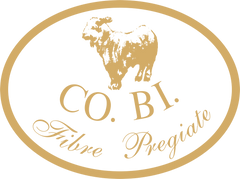
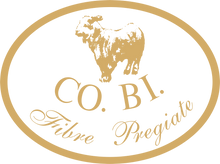
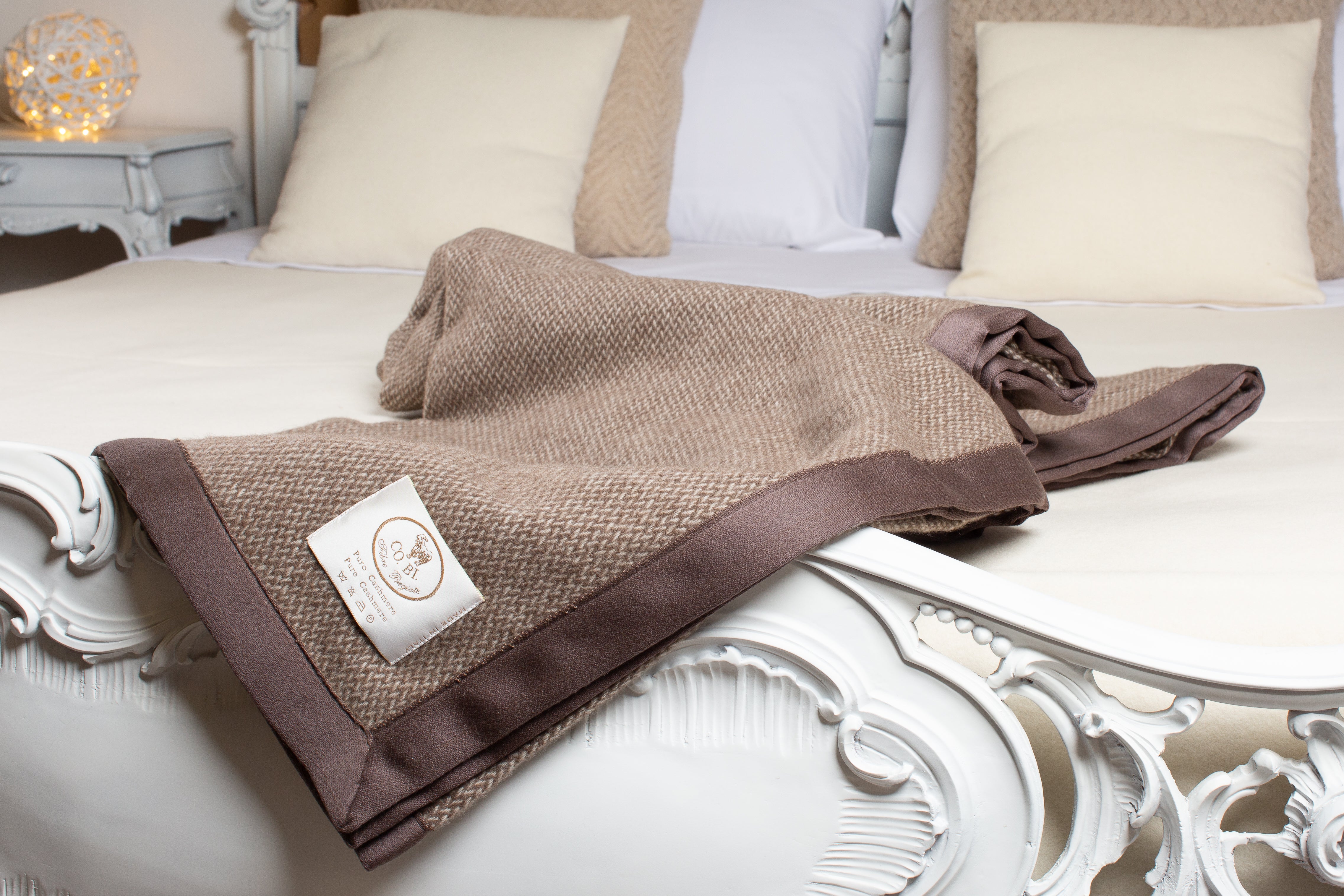
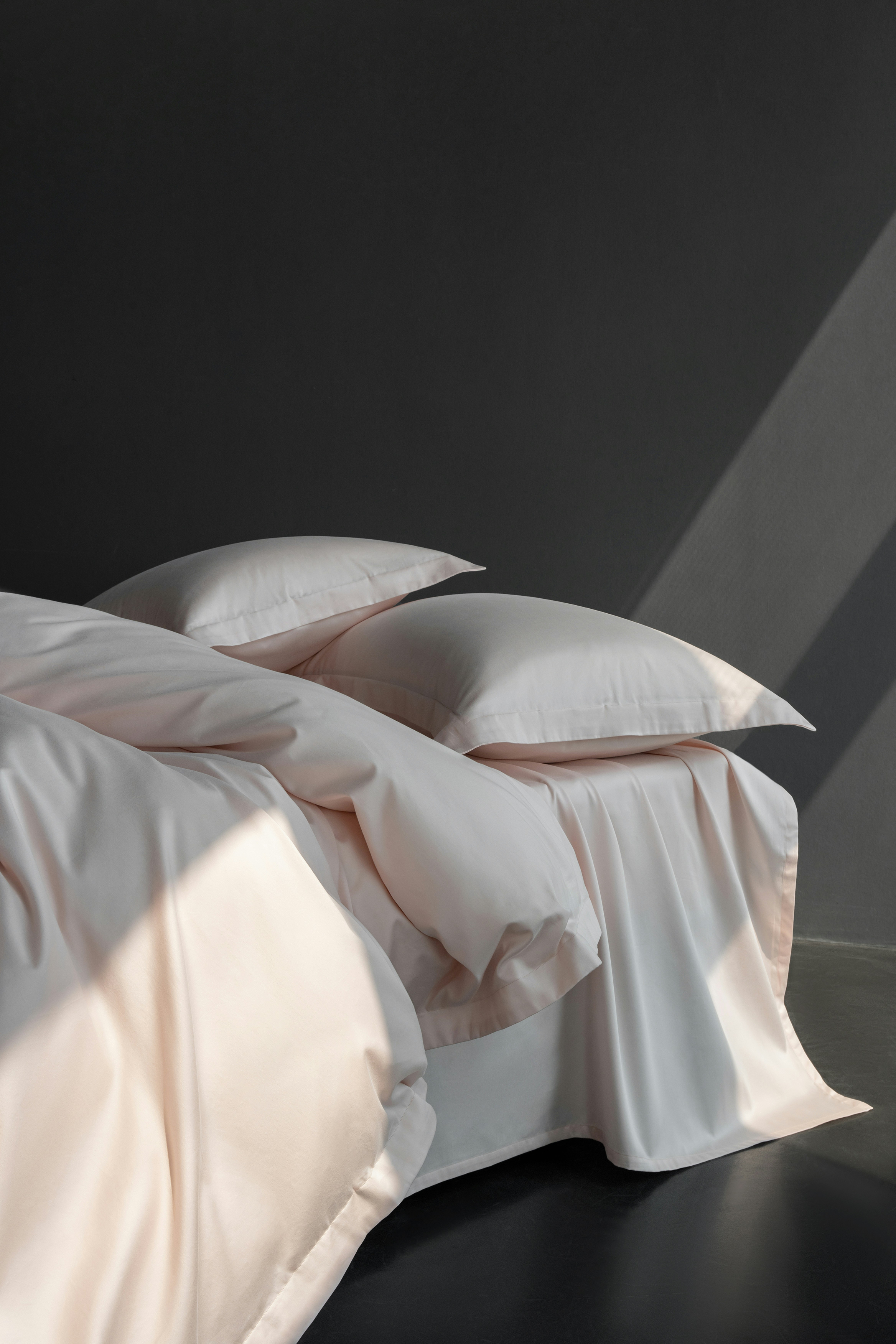
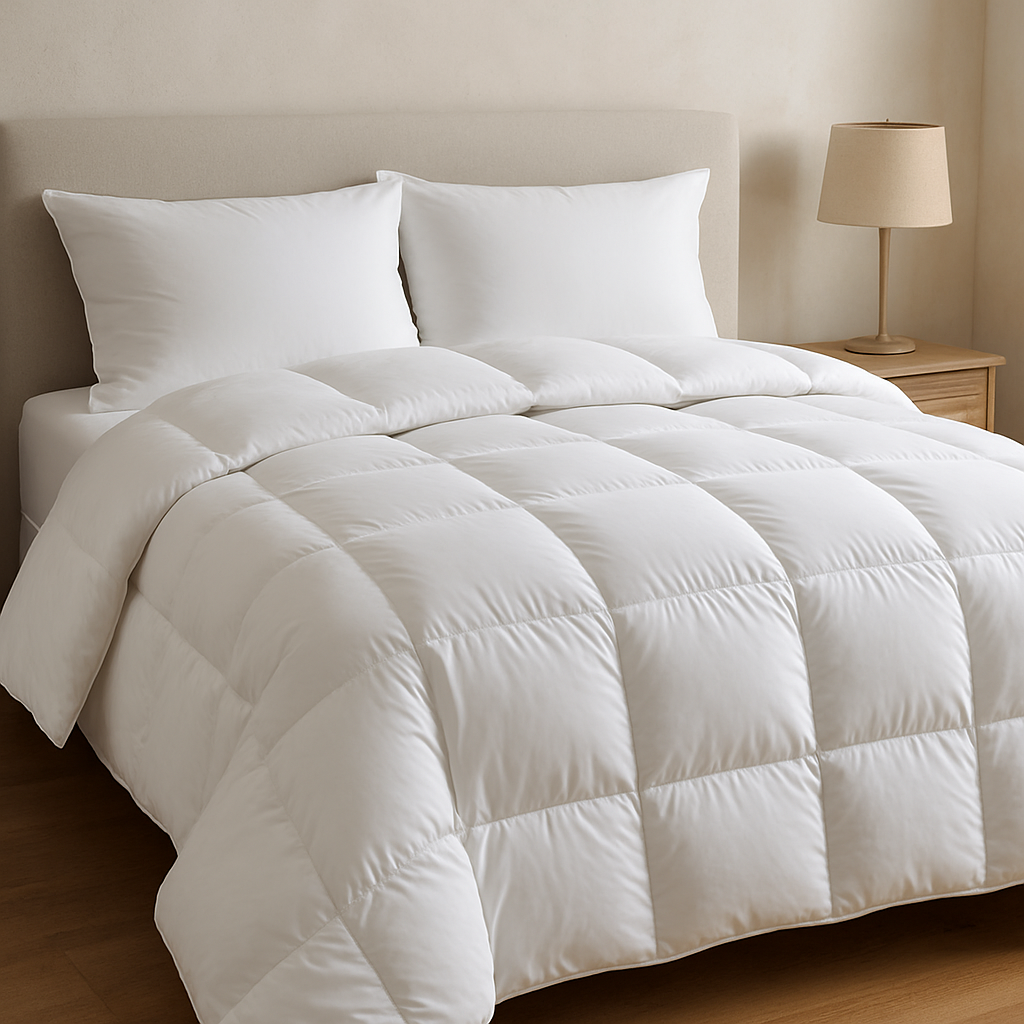

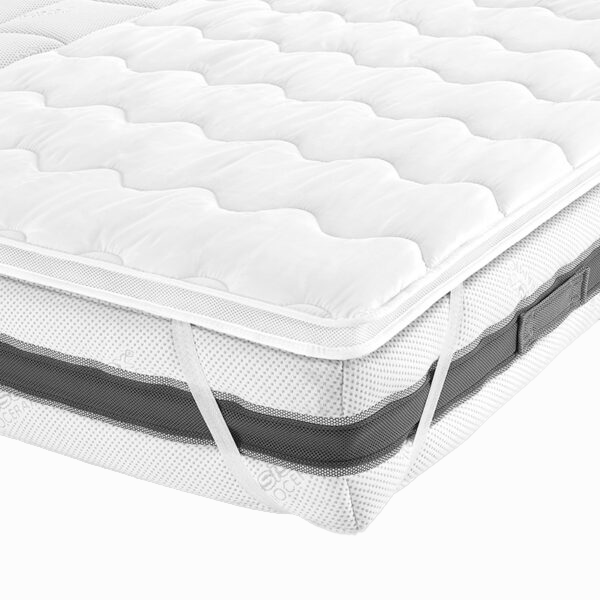



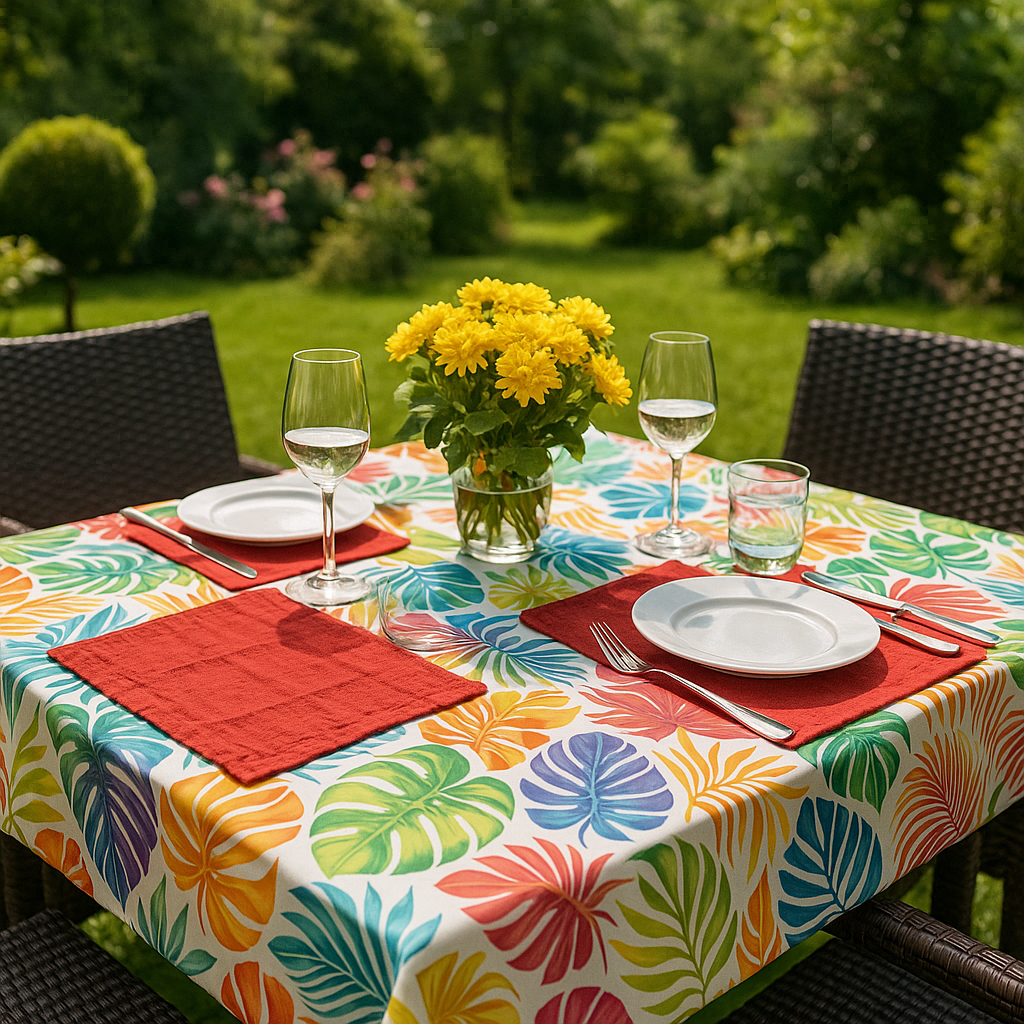
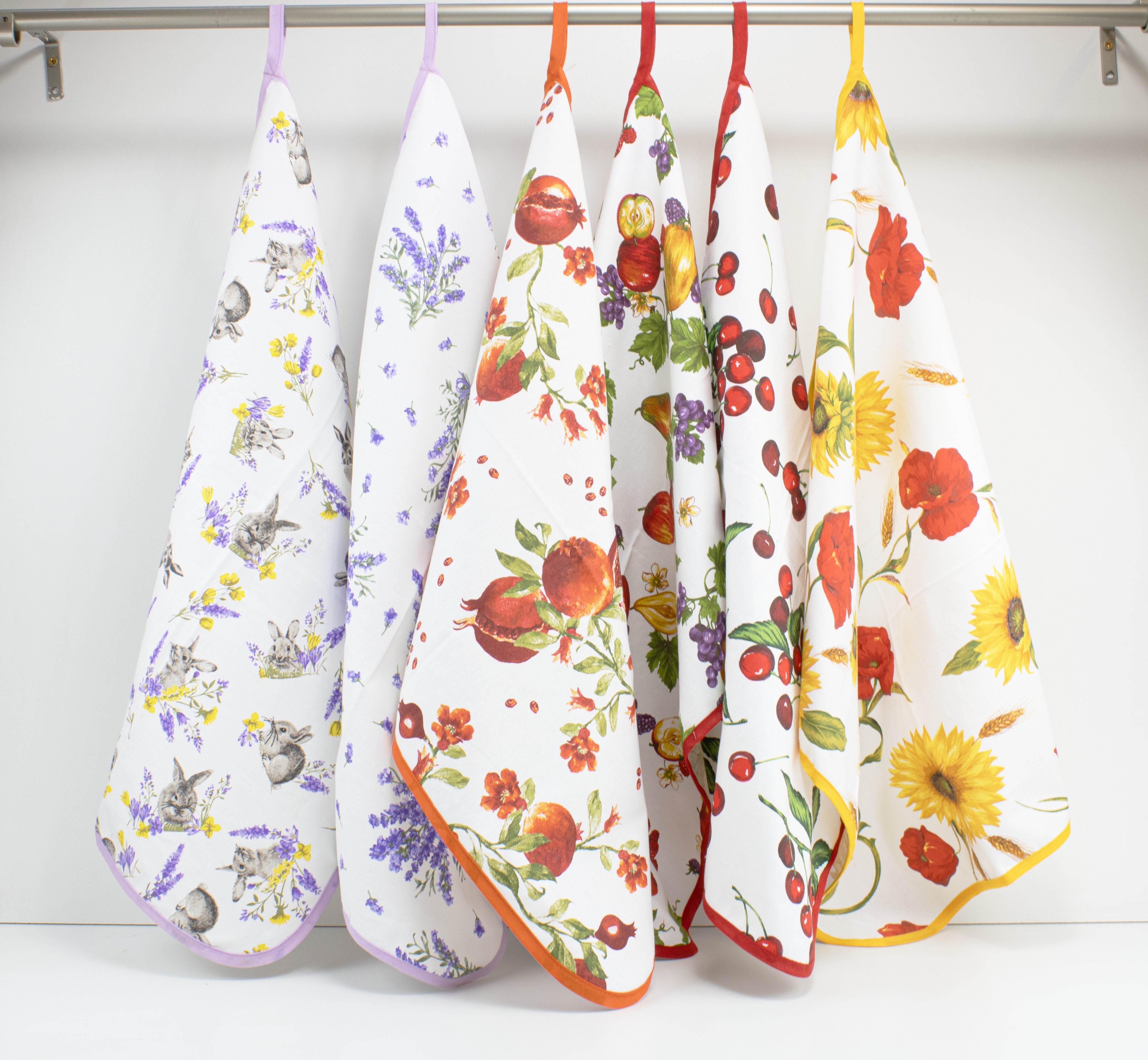

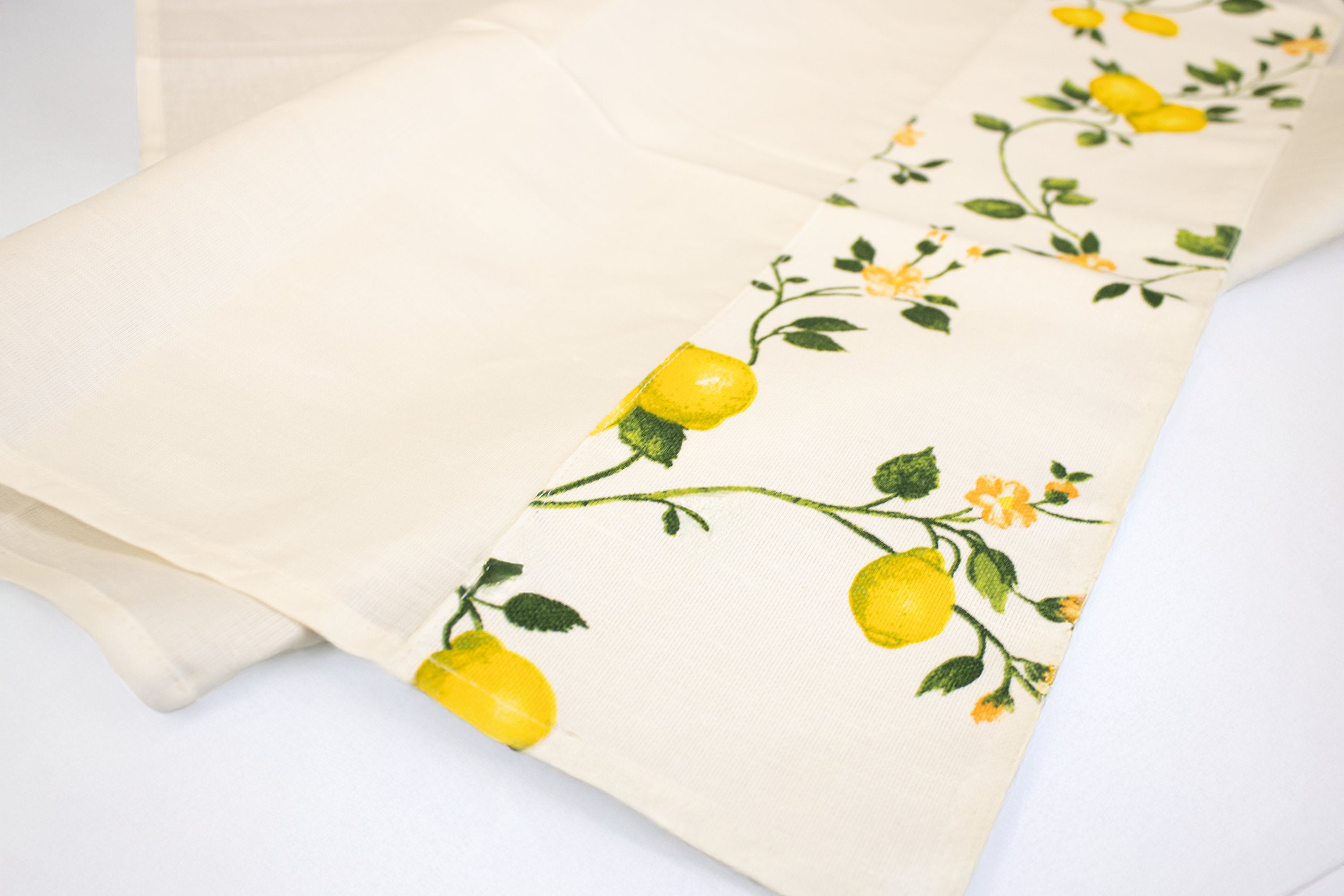
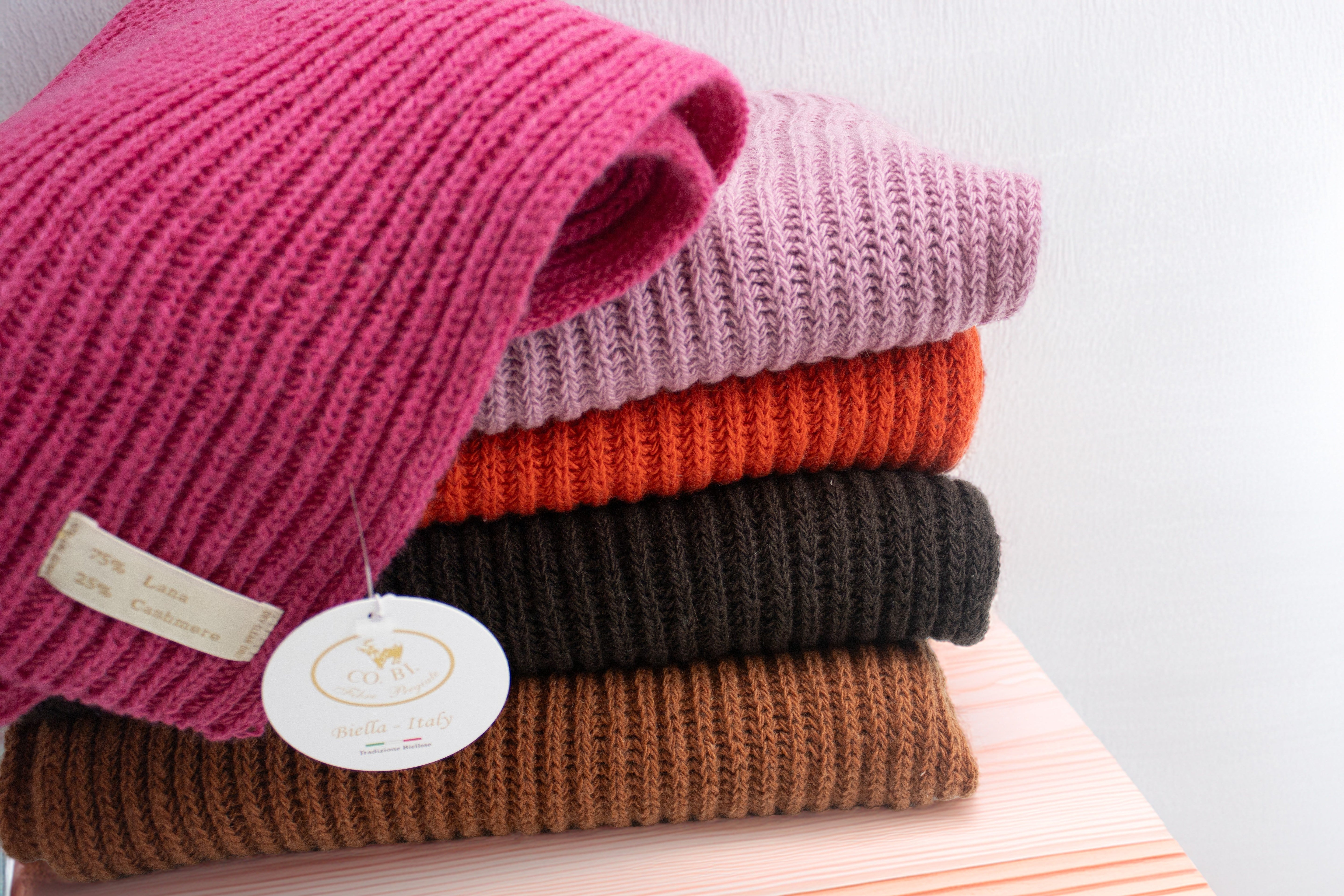
Leave a comment